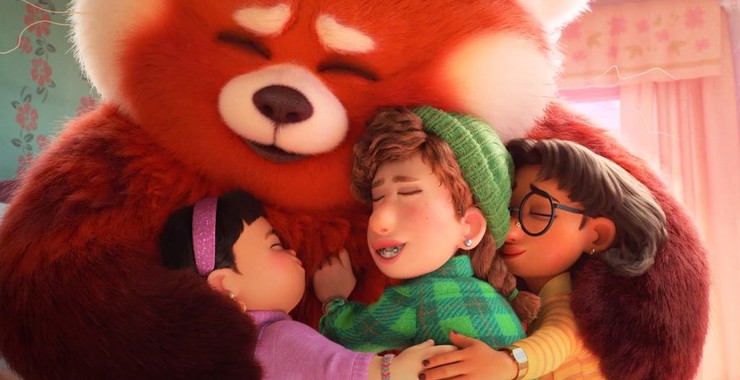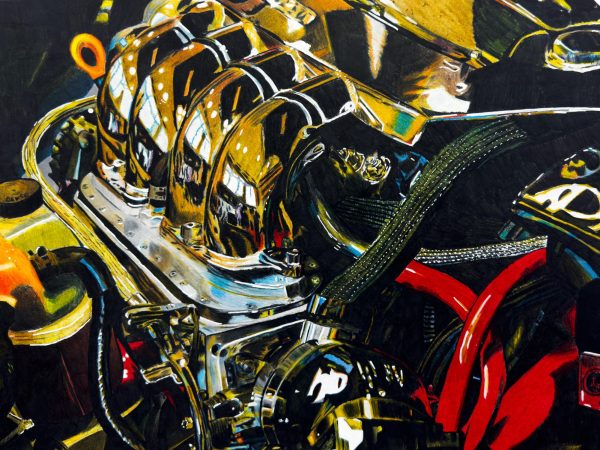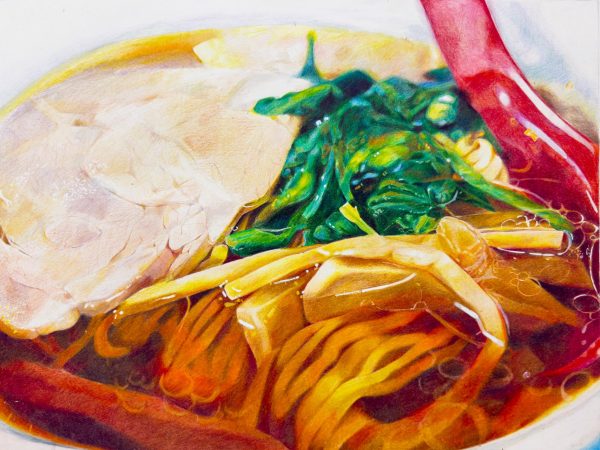Movie Review: Turning Red
Imagine turning into a giant red panda whenever any sort of strong emotion is let out. In “Turning Red” this was exactly what our main character, Mei Lin Lee, had to deal with.
After the release of “Encanto”, the next upcoming original Pixar film was “Turning Red”.
A blessing turned into an inconvenience in the family ancestry was the cause of Mei’s fluffy transformation. The giant panda would appear instead of Mei whenever she showed any sort of strong emotion. Mei has to keep up the impression of being her mother’s perfect little girl, while hiding parts of herself from Ming, her mother.
When directing the film, Director Shi included some of her life as a teenager in 2002 into the characters. One thing she included was the obsession of a boy band. Domee Shi decided to create a made up band called “4-Town,” for Mei and her friends to fawn over, similar to how a teenage girl would act in the 2000s.
The movie opens up with a monologue from our main character, Mei Lin Lee, along with background music. The soundtrack for the movie includes a variety of musical genres from new jack swing to 90s boy-band. The inventive soundtrack mashes up the multiple genres to create new musical sounds. Towards the end of the film, there’s a scene where they mix Cantonese chanting with one of 4-Town’s songs, which is a very unique take but just works so well with the direction the movie was heading.
“Turning Red” also includes the topic of periods, where some parents on the internet believe that it was inappropriate and sensitive for it to be touched upon in a children’s film. Having this topic included in a film about coming of age is really fitting, as having it shown in a film by Pixar shows young people that it’s a normal event in life.
The amount of representation shown in the film is remarkable. Characters came from all sorts of backgrounds and cultures. There are even characters with disabilities. There were certain background characters who wore hijabs while another character wore a diabetic patch on their arm. Even in the Mei’s friend group where the movie focuses around, we see that each character was different in personality and background.
The representation shown throughout the movie allows children to understand people with different backgrounds and cultures is normal. Growing up, there was never really much representation as there is today. Not seeing people of different backgrounds or even my culture on the big screen was confusing to me.
There were also scenes where many Chinese viewers can recognize with experience from their own life. Scenes such as where Mei was told she’s getting fatter and skinnier at the same time by her aunties was a very familiar event to most of us. As a Chinese-American, there were many significant events and lessons while growing up. For example, a scene where Mei and her family are eating a huge dinner around a huge round table reminds Chinese viewers of reunion dinners during special Chinese holidays or events. Seeing Chinese traditions on the big screen was a refreshing change of pace.
Director Shi also spoke about how her team visited various Chinese temples to make sure they capture the structure in the film. The production team did a great job as the temple was detailed from the exterior as well as the interior.
Turning Red is definitely a movie that should be watched. It’s a great film to watch with children as it includes a stunning amount of representation. Chinese viewers may also find Mei’s situation relatable where she tried to remain by her mothers side while also trying to enjoy her hobbies and what she really liked. Overall, Turning Red is a film that does amazing to let viewers know that certain changes that suddenly come into your life isn’t always a bad thing.









matthew • Jan 20, 2023 at 11:40 pm
GOOD JOB!!!!!!!!! <3333